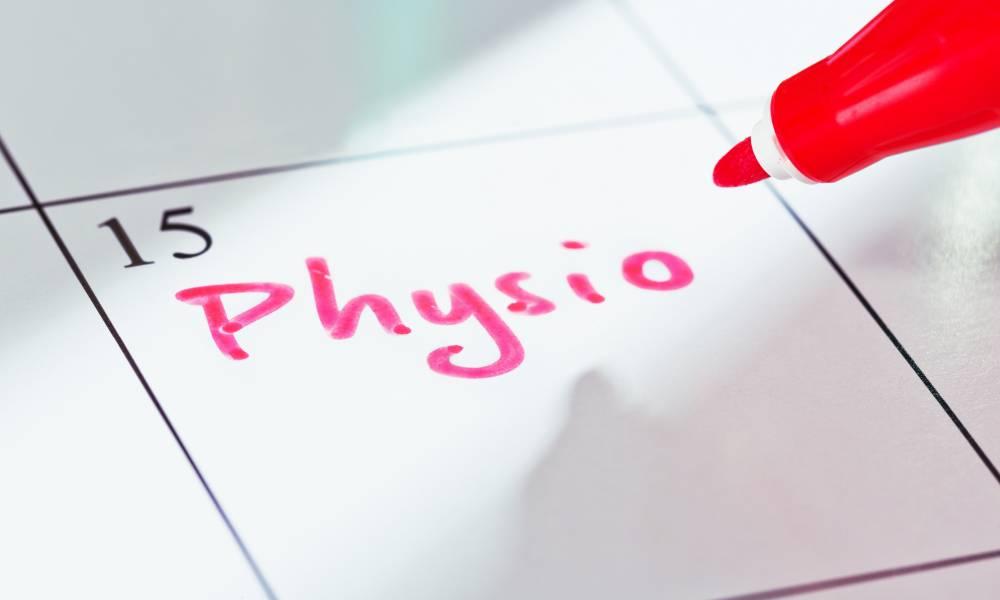Groin pain is a very common issue amongst athletes. Groin injuries are more often than not caused by an overuse of specific abdominal muscles and thigh muscles closer to the hip which may be slightly weaker than other muscles in the area. A common injury in running sports, particularly those which involve kicking, like football, rugby or Gaelic, is Gilmore’s groin. It was first identified back in the early 90s by a medical surgeon as a cause of longstanding chronic groin pain.
Symptoms:
The symptoms of Gilmore’s groin often develop and progress gradually over
time and include the following:
- Groin pain which is worsened by running, sprinting, twisting or turning.
- Increased stiffness & pain post-training.
- Every day activities are harder and more painful the following day after
training e.g., getting in and out of the car. - Coughing & sneezing cause pain or discomfort in the groin.
- One-sided pain that is relieved with rest and worsened with activity.
Note, the pain can affect both sides if allowed to progress untreated for.
What is it?
Gilmore’s groin is an injury that occurs at the junction of the leg and the torso.
It involves the area known as the ‘aponeurosis’ where the abdominal muscles
meet to form the inguinal ligament. The external oblique muscle (‘Obliques’)
has an archway through which several nerves and vessels pass. With Gilmore’s
groin, a tear causes this archway to open much wider, further lifting the
muscles up and away from the inguinal ligament. Therefore leaving the
transverse abdominis muscle unsupported.
Treatment:
So, if I suspect that I might have Gilmore’s groin what should I do?
1.) Attending your GP or local physiotherapist if pain continues or worsens
to assess the area and to get an accurate diagnosis of the injury.
2.) Strengthening the muscles around the pelvis and focusing on core
strengthening are extremely important in improving overall function and
decreasing pain in the region. Linking in with your local physiotherapist
regarding the best treatment plan for you individually would be
important. Ensuring you don’t overtrain and that you are training
optimally to improve strength, mobility and overall function to get back
running.
Although this type of injury is more common amongst ball playing sports, it
doesn’t mean that it is impossible to suffer from it just because you don’t
partake in the aforementioned sports. It is important to have a good strong
foundation throughout the body in terms of upper limb, core, hips and lower
limb strength and mobility to reduce your risk of injury. Targeting these muscle
groups and working each 2-3 times per week alongside your running can really
aid in boosting your overall performance while also decreasing your risk of
injury.
Gavin Smith.
Health & Performance Scientist BSc UCD.
Final year physiotherapy student at UCD.
